Can You Identify This Hydrangea?
butterflygal21797
17 years ago
Related Stories
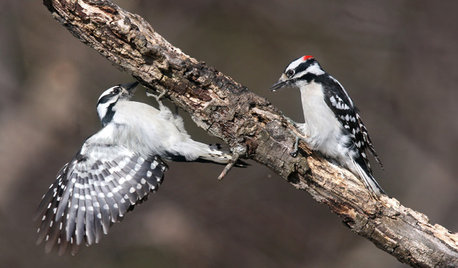
GARDENING FOR BIRDSBackyard Birds: How to Identify Two Common Woodpeckers
Downy and hairy woodpeckers have similar coloration and behavior. But there are two big differences that separate them
Full Story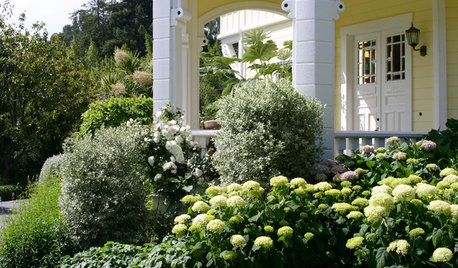
GARDENING AND LANDSCAPINGHave a Ball With Hydrangeas
Even if you don't tinker with the hue by changing the soil, hydrangeas have an entertaining range of uses in all kinds of landscapes
Full Story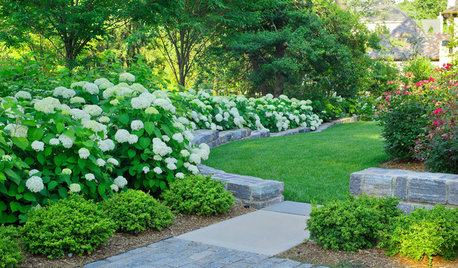
FLOWERS AND PLANTSHydrangea Arborescens Illuminates Garden Borders and Paths
This long-blooming eastern North American native shrub finds a home in landscapes around the world
Full Story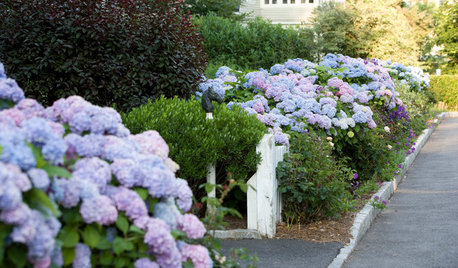
FLOWERSWhy You Should Give Hydrangeas a Place in Your Yard
The exuberant mop-headed beauties evoke dreams of an endless summer by the sea
Full Story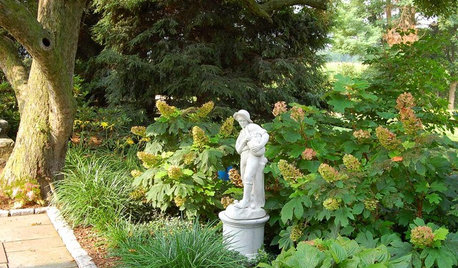
GARDENING GUIDESGreat Design Plant: Oakleaf Hydrangea
Consider this full, flowering shrub for year-round beauty in the garden as you plan your fall plantings
Full Story
INSPIRING GARDENSWe Can Dream: Lush Life on a Historic Normandy Estate
New gardens surround centuries-old buildings on a 10-acre property in France, creating a beautiful haven
Full Story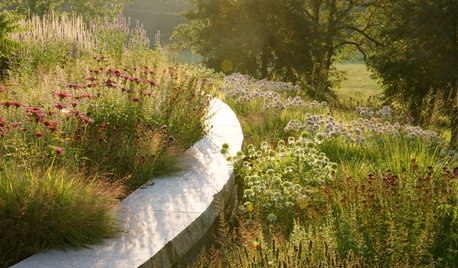
GARDENING GUIDES4 Ways Gardens Can Go Beyond Aesthetic Beauty
Our landscapes can play an even more meaningful role if we rethink their purpose
Full Story
LIFEHow Your Landscaping Can Keep Burglars Away
Prevent home break-ins with strategic landscaping and good practices instead of menacing — and maybe less effective — measures
Full Story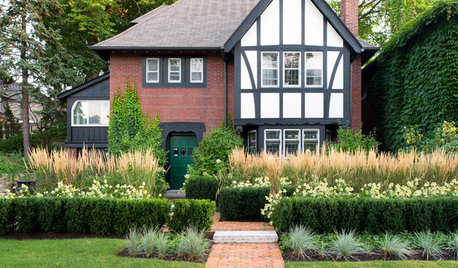
LANDSCAPE DESIGNHow Low Can Hedges Go? Discover Unusual Garden Borders
Short enough to step over, high enough to be a stretch ... check out these radically different hedge styles and tell us your opinion
Full Story
FUN HOUZZWe Can Dream: Hobbit Houses to Rule Them All
Escape the real world and explore your Middle-earth fantasies
Full Story





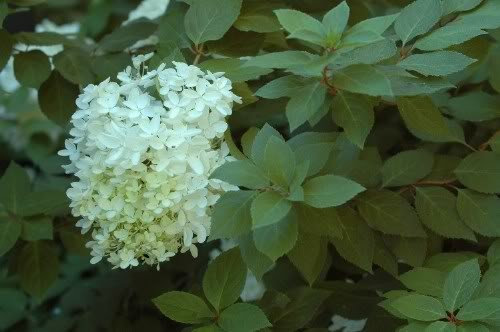

yellowgirl
butterflygal21797Original Author
Related Professionals
Baltimore Landscape Architects & Landscape Designers · Prairie Ridge Landscape Architects & Landscape Designers · McKinney Landscape Contractors · Caldwell Landscape Contractors · Golden Gate Landscape Contractors · Las Vegas Landscape Contractors · Mason Landscape Contractors · Nanuet Landscape Contractors · Royal Oak Landscape Contractors · Uxbridge Landscape Contractors · Waipahu Landscape Contractors · Westford Landscape Contractors · Cheektowaga Siding & Exteriors · San Antonio Siding & Exteriors · Tigard Siding & Exteriorsego45
butterflygal21797Original Author
silvergold
yellowgirl
ego45
solitary
silvergold
butterflygal21797Original Author
ego45
silvergold
silvergold
squirrelheaven
butterflygal21797Original Author
silvergold
butterflygal21797Original Author
silvergold
razorback33
nomoregrass